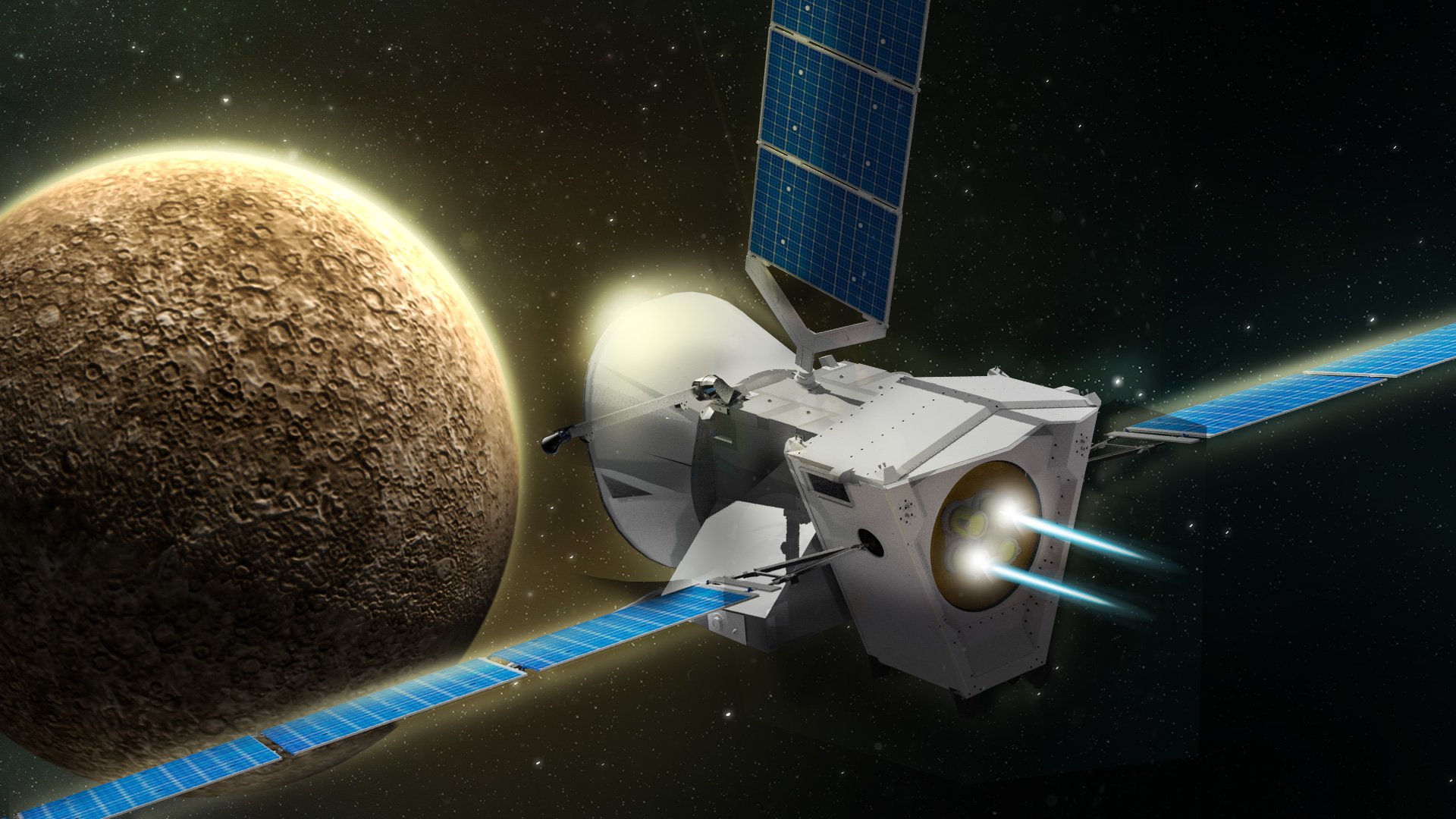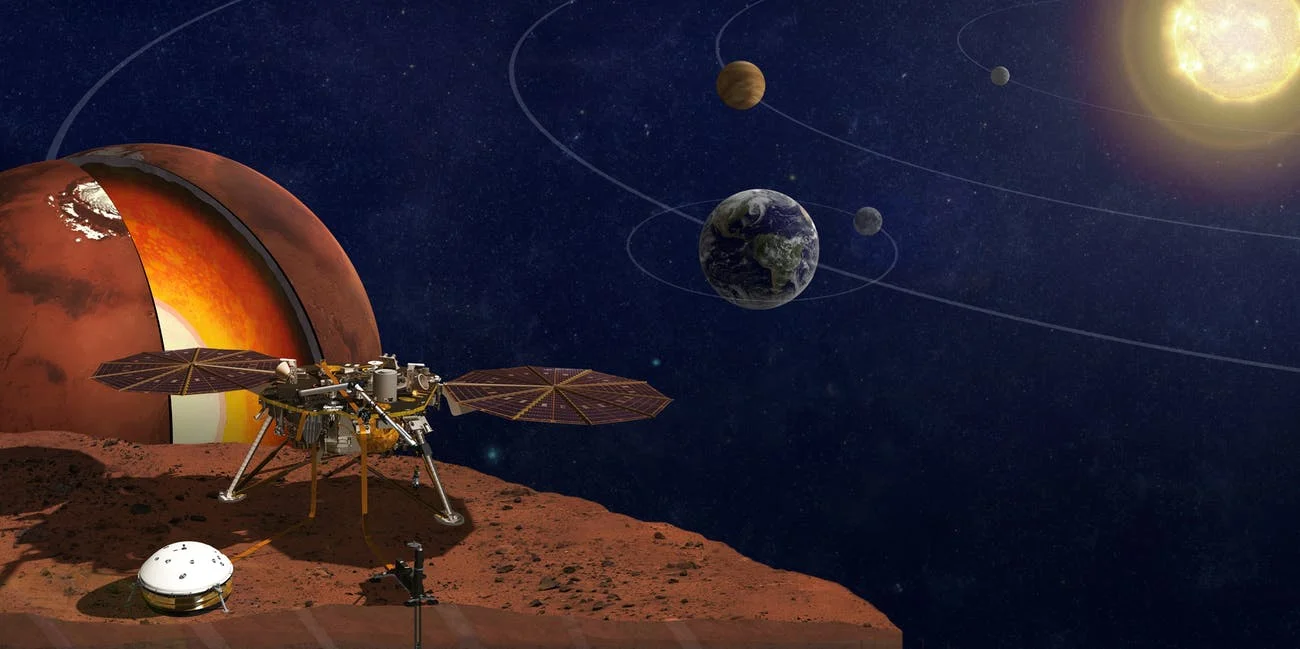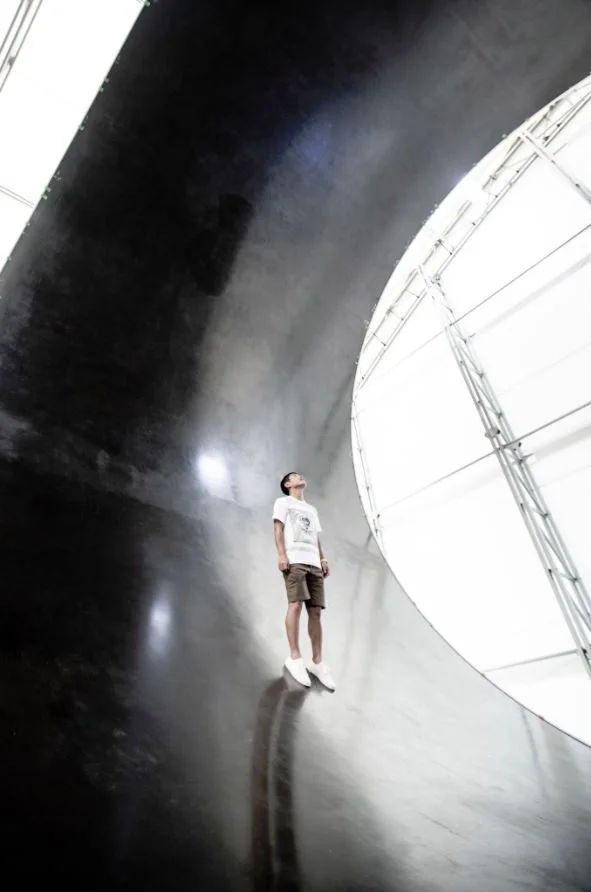Kepler-16b - The Real-Life Tatooine?
Artist interpretation of the Kepler-16 binary star system. Image Credit: NASA/JPL-Caltech
First things first...
What is Kepler-16, and what happened to Kepler-16a?
Kepler-16 is a binary star system (two stars) that lies in the Cygnus constellation and was targeted by the Kepler spacecraft. The two orbiting stars are smaller than our sun, with Kepler-16A a K-type main-sequence star, and Kepler-16B an M-type red dwarf. In 2011, an exoplanet was discovered and - because naming conventions aren't complicated enough - was named Kepler-16 (AB)-b, and is often referred to as just Kepler-16b.
What happened to Kepler-16a? We may never know.
Artistic impression of the Kepler-16-system with Kepler-16A in yellow, Kepler-16B in reddish-orange and Kepler-16 (AB)-b in violet. Image Credit: Silver Spoon, from Wikimedia Commons
Kepler-16b is a rock, ice and gas giant the size of Saturn in circumbinary orbit and lies near the outer edge of the habitable zone - the zone of orbit within which a planetary surface can support liquid water given sufficient atmospheric pressure. There's a fascination with the potential for other habitable worlds, and imaginations birth artist interpretations, interactive simulations and other ways for us to get a peek into what may have been, what might be, and what could be. The planet Tatooine from Star Wars has been famously compared to the discovery of Kepler-16b, as it depicted a world with two suns (prior to the discovery of Kepler-16b), which just goes to show that sometimes truth really is stranger than fiction.
So...could we really move to Tatooine? Is Kepler-16b habitable?
Probably not due to its gaseous makeup, however simulations have suggested that at some point, an Earth-sized planet in the habitable zone was pushed out of its orbit and captured as a moon by Kepler-16b. This moon would have to be about as dense as Mars and orbit at around 140 million kilometers, which would allow it to retain the thermal energy needed for liquid water. There is also discussion about the potential for a strong magentic field in order to deflect stellar wind and radiation belts (like Ganymede).
What would living on the moon of Kepler-16b look like?
Thanks to NASA, you can see for yourself.
An artist’s illustration puts you on the surface of an imaginary moon around the cold gas giant Kepler-16b. Like Luke Skywalker’s home planet Tatooine from “Star Wars,” Kepler-16b orbits a pair of stars. This 2011 discovery by NASA’s Kepler mission was one of the first worlds found orbiting a binary star, proving that a double-sunset is anything but science fiction.
Finding exoplanets in the habitable zone will always be exciting to astrophiles - whether they're actually habitable or not, it's fun to imagine what life on other planets would look like.













